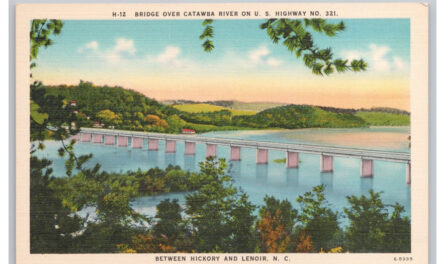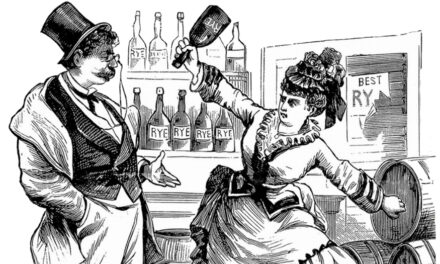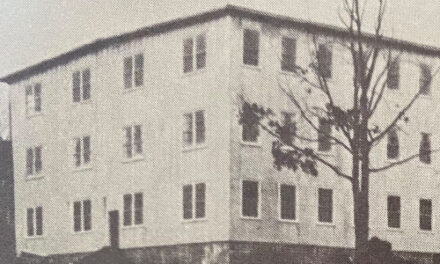
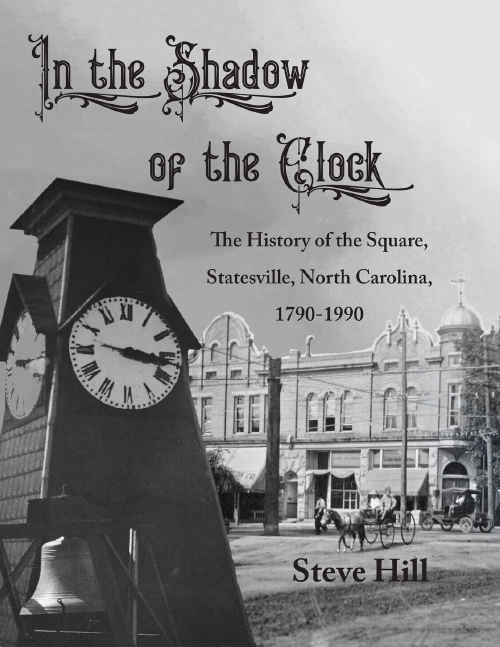 Statesville was, is and probably always will be a crossroads, where folks meet. In his new book, In the Shadow of the Clock: The History of the Square, Statesville, North Carolina, 1790-1990, Steve Hill introduces us to a small piece of ground that has had a big impact.
Statesville was, is and probably always will be a crossroads, where folks meet. In his new book, In the Shadow of the Clock: The History of the Square, Statesville, North Carolina, 1790-1990, Steve Hill introduces us to a small piece of ground that has had a big impact.
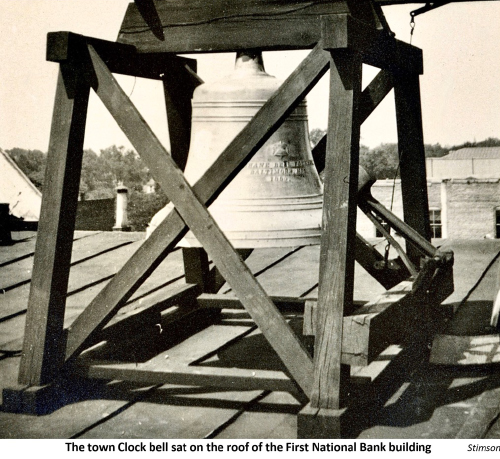 The town “Square” where North and South Center Street meets East and West Broad is ground zero for where generations have gathered to celebrate, mourn, shop or just to meet and converse. Steve introduces us to many of those exchanges in a volume filled with pictures that help us visualize what it must have been like to wander those sidewalks in an earlier era.
The town “Square” where North and South Center Street meets East and West Broad is ground zero for where generations have gathered to celebrate, mourn, shop or just to meet and converse. Steve introduces us to many of those exchanges in a volume filled with pictures that help us visualize what it must have been like to wander those sidewalks in an earlier era.
One of the biggest controversies in town involved the clock referenced in the title. In 1889, Statesville’s First National Bank building was erected. Someone suggested a clock would be a good way to top it off. City and county government offered to help finance construction. It costed $175 (about $6100 in 2022 money). Townspeople loved the idea, farmers hated it and contested the plan on two points. First, it did not benefit them out in the country. Second, as The Progressive Farmer newspaper wrote, “those who can’t pay $1.50 ($52) for a watch have no business knowing the time of day anyhow.”
The clock went up anyway. Farmers from as far away as 13 miles reported hearing the bell that chimed the hours, rendering one of their objections moot. Over the years, the clock however did have its share of problems. For a while the Roman numeral eleven had an extra one (which actually made it twelve). Nobody seemed to notice. In 1919, the bell crashed through three floors of the bank, causing folks to think an earthquake had hit. When the “heavy brass bell” was permanently removed and scrapped during World War II, Statesville citizens found out the half-ton chime was cracked. Some said good riddance, others missed it ringing out the hours. Today, the clock remains but is no longer operable.
 Over the years, hundreds of parades have marched through the Square. A carnival took over the streets one time, much to store owners’ dismay. A balloonist jumped from his perch some 2,000 feet in the sky before the balloon accidentally caught fire (a show in itself). Snake oil salesmen swindled many an unsuspecting buyer and greased pole competitions were held all within ‘the shadow of the clock’. In the early 20th century they had an event they called “Everybody’s Day” with activities created to bring out as many people as possible so they could play games, enjoy entertainment and shop.
Over the years, hundreds of parades have marched through the Square. A carnival took over the streets one time, much to store owners’ dismay. A balloonist jumped from his perch some 2,000 feet in the sky before the balloon accidentally caught fire (a show in itself). Snake oil salesmen swindled many an unsuspecting buyer and greased pole competitions were held all within ‘the shadow of the clock’. In the early 20th century they had an event they called “Everybody’s Day” with activities created to bring out as many people as possible so they could play games, enjoy entertainment and shop.
In the Shadow of the Clock:The History of the Square, Statesville, North Carolina, 1790-1990 also notes the decline of the downtown are starting about 1966 when the first shopping centers went up to compete. Some proposed drastic measures to stem the tide but most were never attempted. Instead, mall shopping ran its course. Commerce eventually returned, making Statesville a thriving downtown once again.
That’s where you will find Steve Hill. If you miss him signing books at GG’s Arts, Frames, Gifts from 4:30 to 6:30 on Thursday, June 28, check out his photographic museum, just down from the Square where he “is the proprietor of the Statesville Historical Collection, the world’s largest emporium of photographic images, archaic documents, ephemeral antiques, natural oddities, supernatural legends, and trivial trinkets related to Statesville, NC.”
Photos: From the book In the Shadow of the Clock: The History of the Square, Statesville, North Carolina, 1790-1990.


